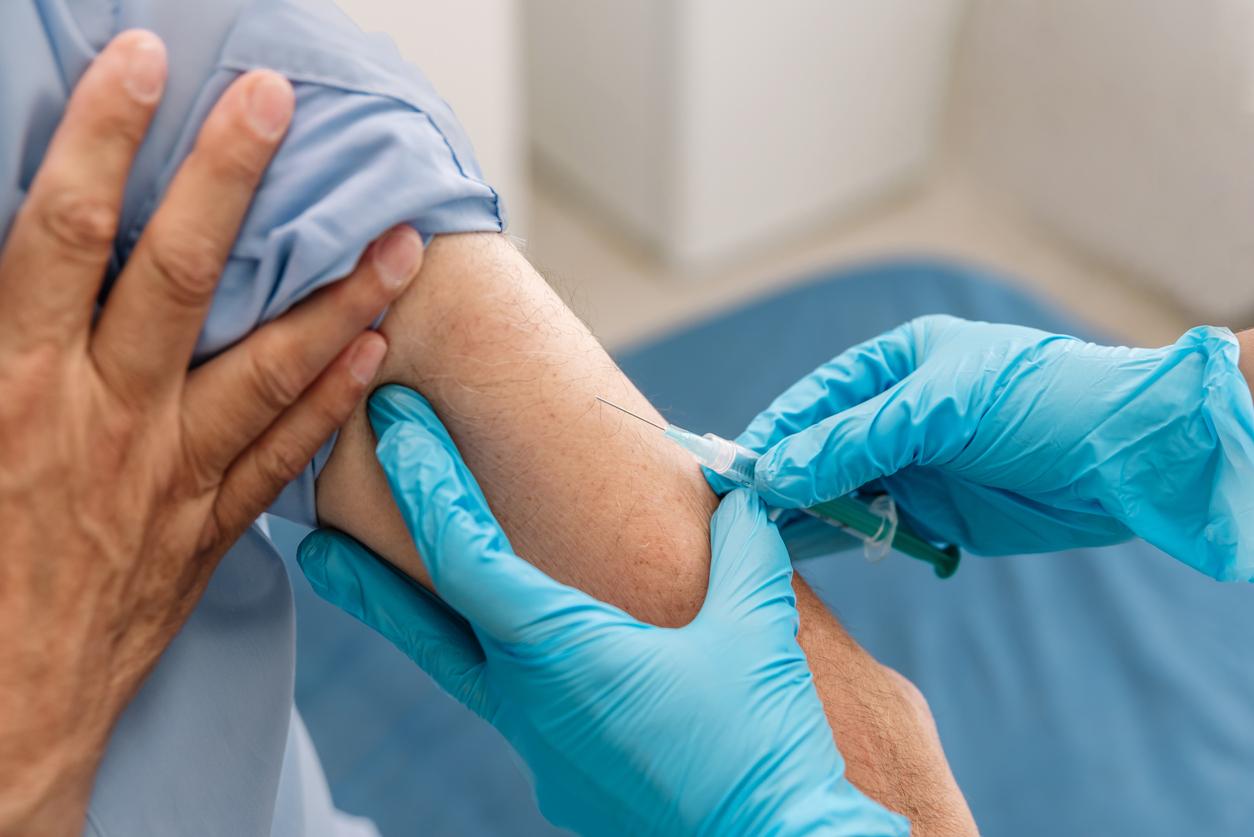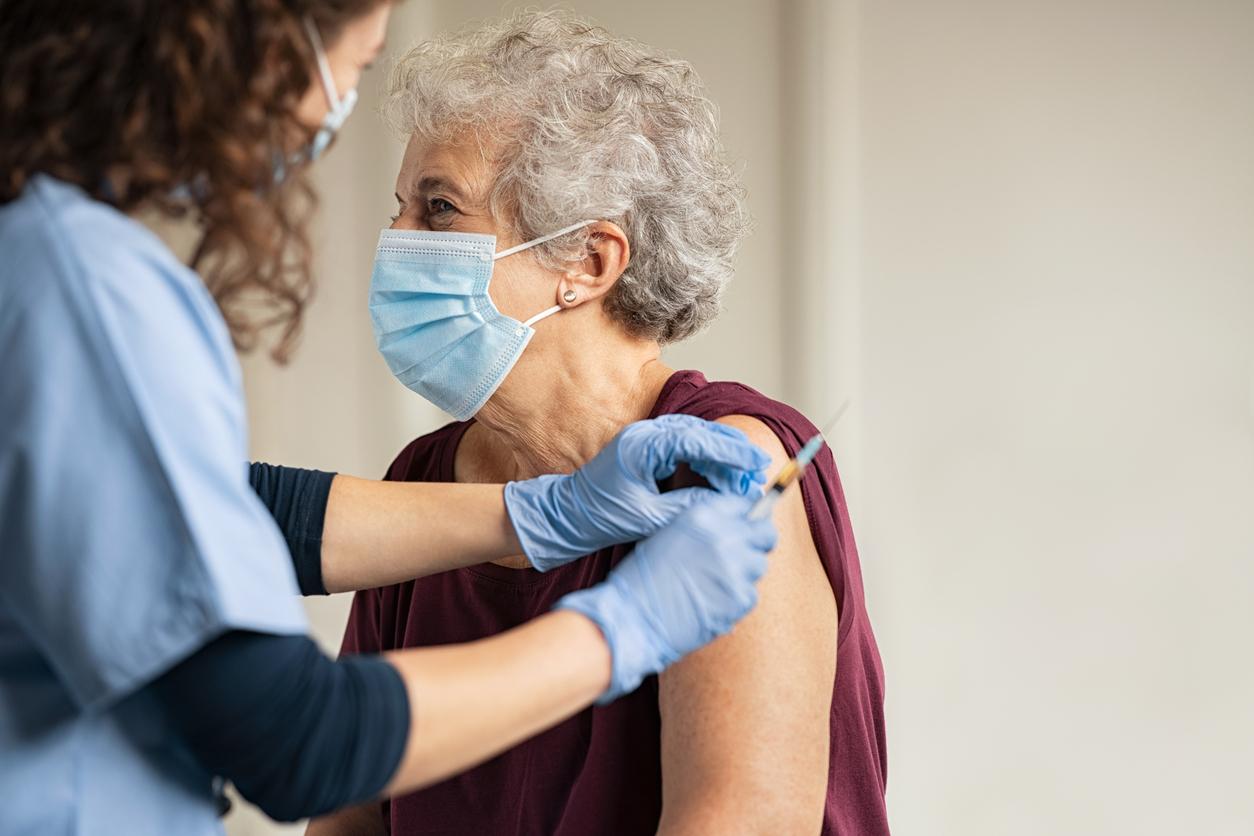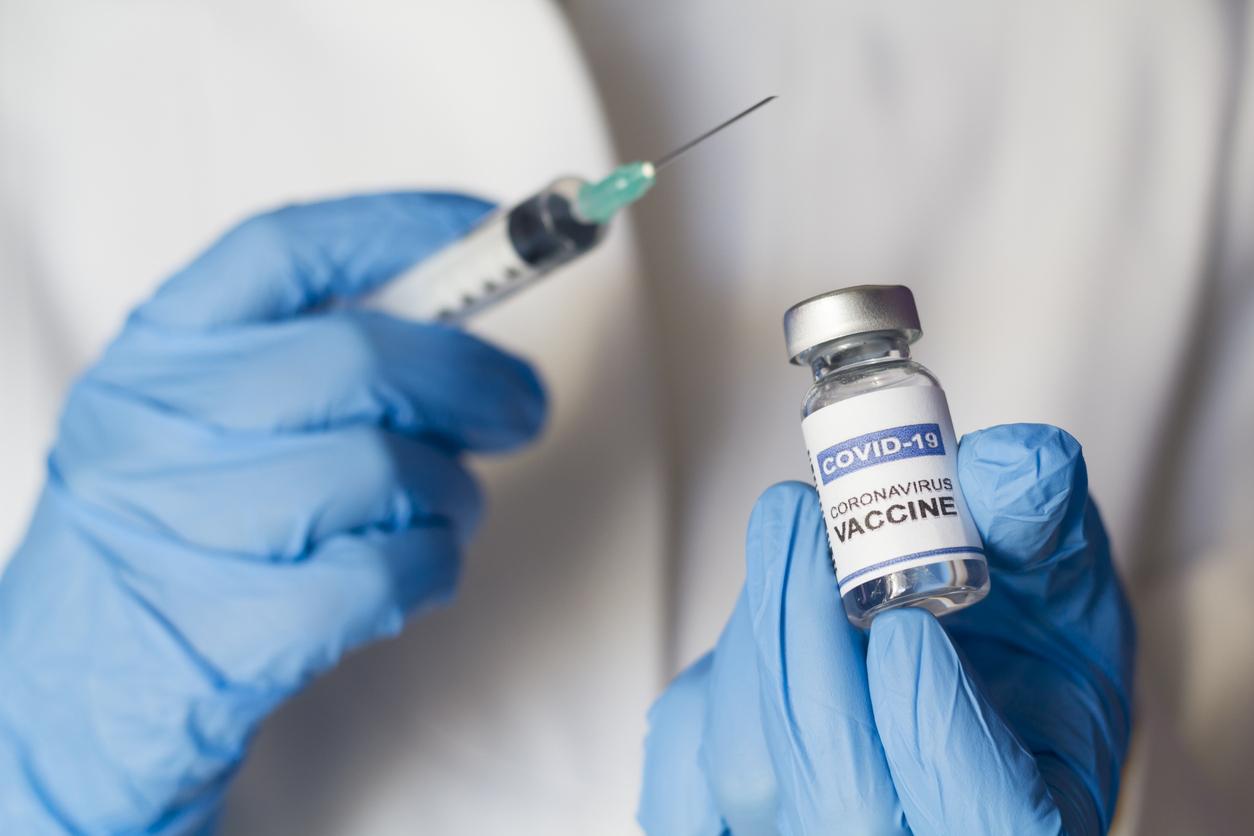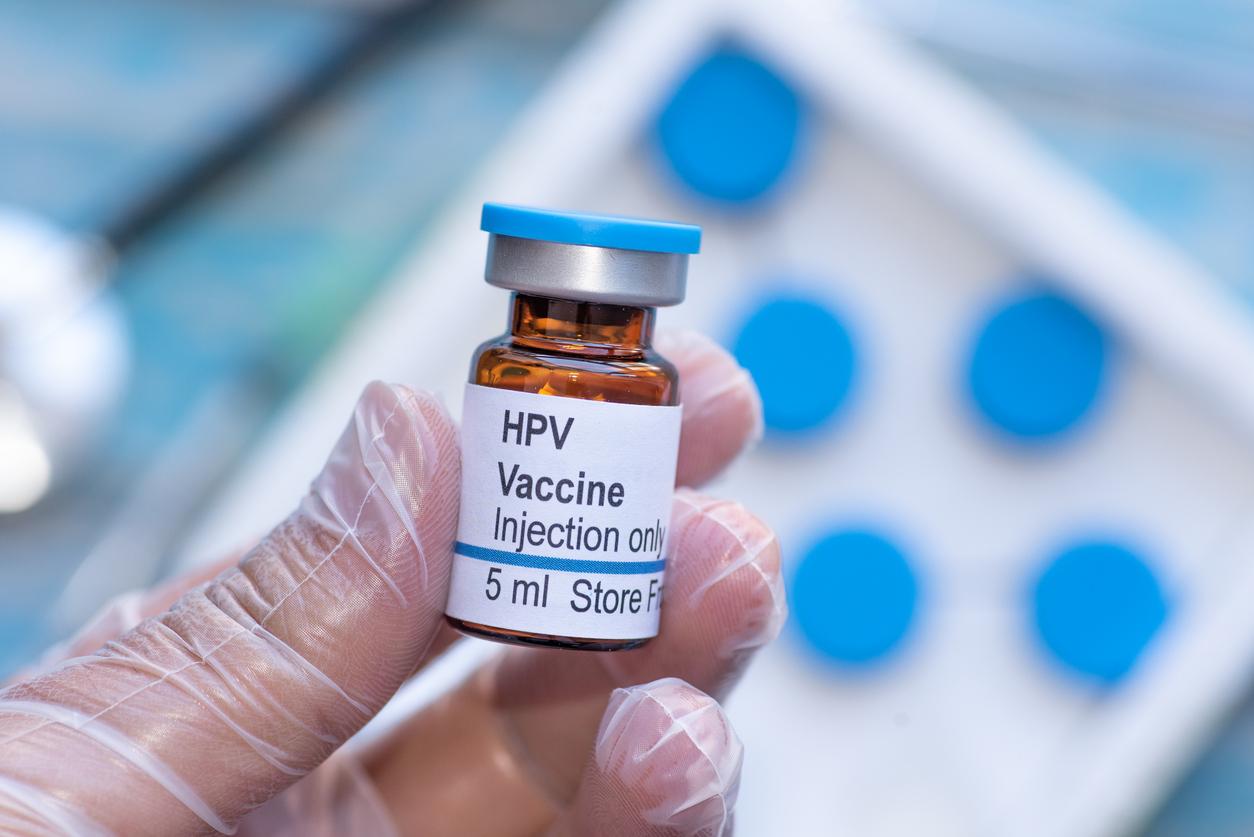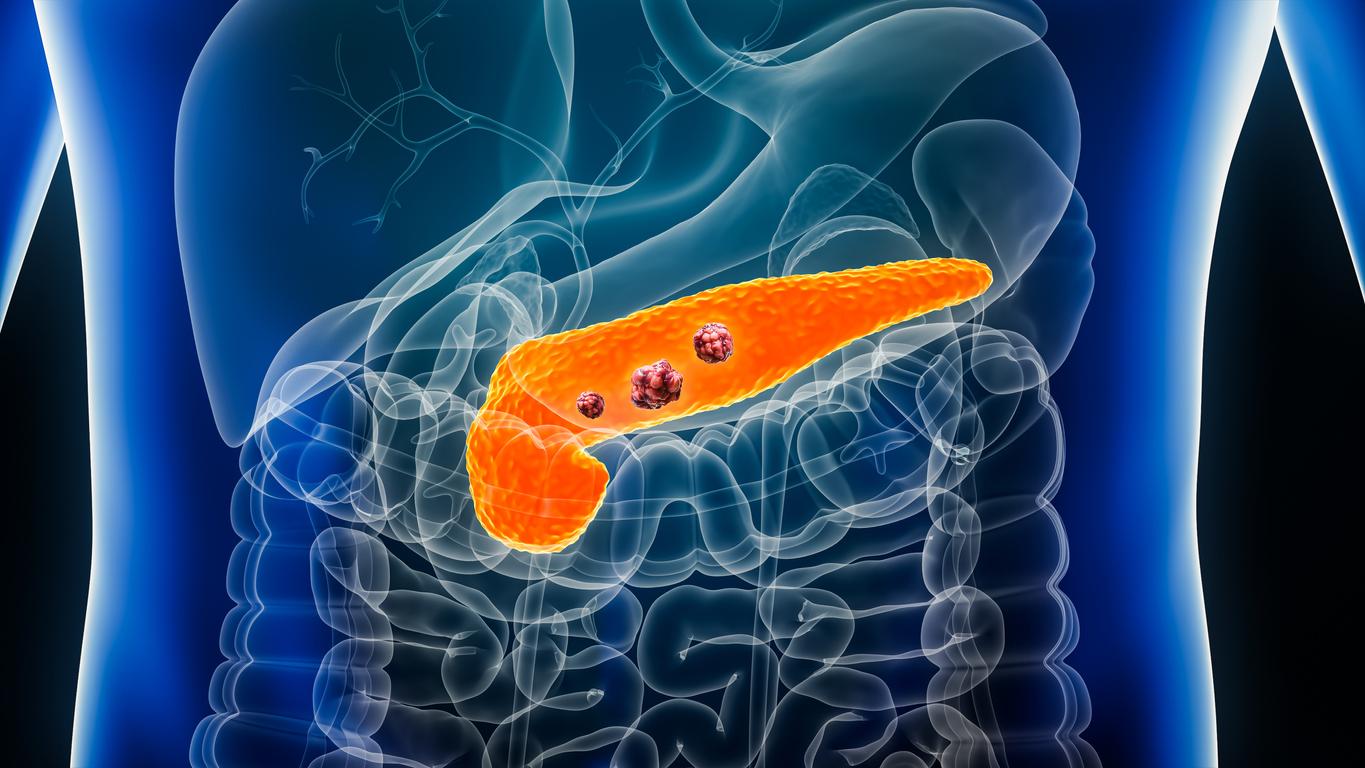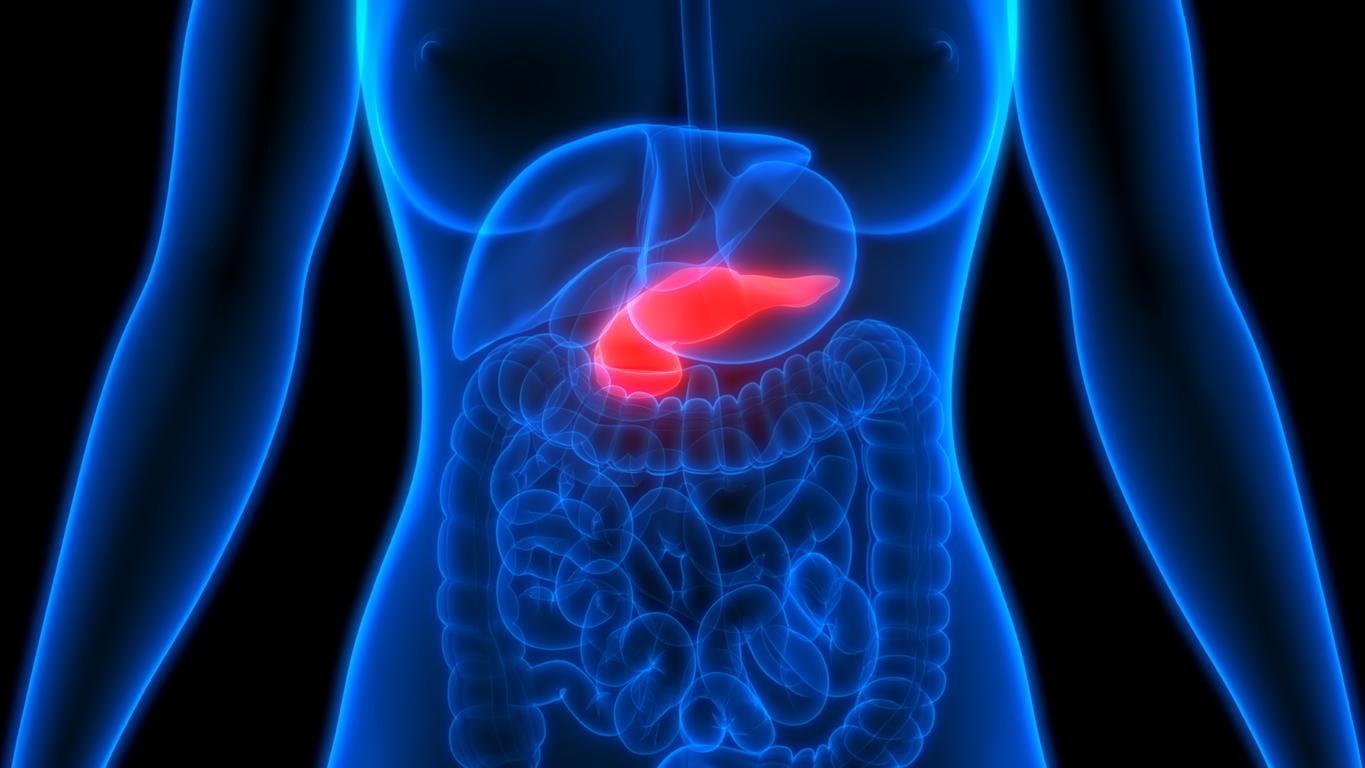Using the method of immunotherapy to develop a vaccine against pancreatic cancer. This is the subject of a study conducted in the United States.

- Based on the principle of immunotherapy, it aims to fight the KRAS gene, responsible for 90% of pancreatic cancer cases.
- In France, in 2018, pancreatic cancer was the 9th most common cancer in men and the 7th most common cancer in women.
Boost immune cells to destroy pancreatic cancer cells. This is the technique currently being developed by a team of American scientists from Johns Hopkins University. Often diagnosed at an advanced stage, pancreatic cancer is associated with a low survival rate in the years following its onset.
The disease is associated, in almost 90% of cases, with the mutation of a particular gene known as KRAS. It is precisely on this aspect that the American researchers are betting to develop their vaccine. The method consists of injecting proteins expressing the KRAS gene, which will allow the immune system to identify and destroy the cells responsible for pancreatic cancer.
As specified a statement published on the Johns Hopkins University website, the vaccine will be the subject of two clinical trials: one will begin in 2022 and will target people at risk of pancreatic cancer by genetic history. Already underway, the second concerns people who have already undergone surgery to treat the disease.
Symptoms difficult to detect at an early stage
According to the Cancer Research Foundation, “Surgery is the only potentially curative treatment for cancer, but it is only possible when the disease has been diagnosed at an early stage of development”. In other cases, chemotherapy is most often prescribed, sometimes combined with radiotherapy.
“By the time people notice symptoms, the cancer has spread to other parts of the body. This usually rules out surgery as a treatment option”underlines Neeha Zaidi, an oncologist specializing in gastrointestinal cancers, who is piloting the vaccine trial.
The most well-known symptoms of this form of cancer are pain in the upper abdomen and in the back, as well as the appearance of jaundice. However, other signs should alert. According to a study published at the end of 2021 in the British Journal of General Practicethere are twenty-two in total, some of which are less well known, such as the feeling of thirst and dark urine.









